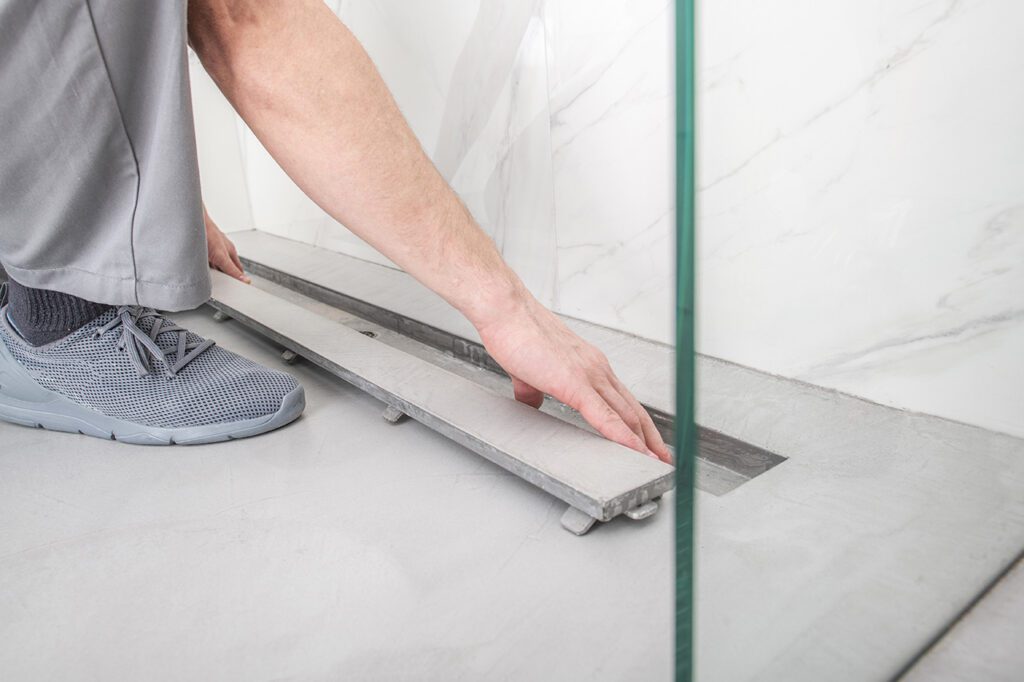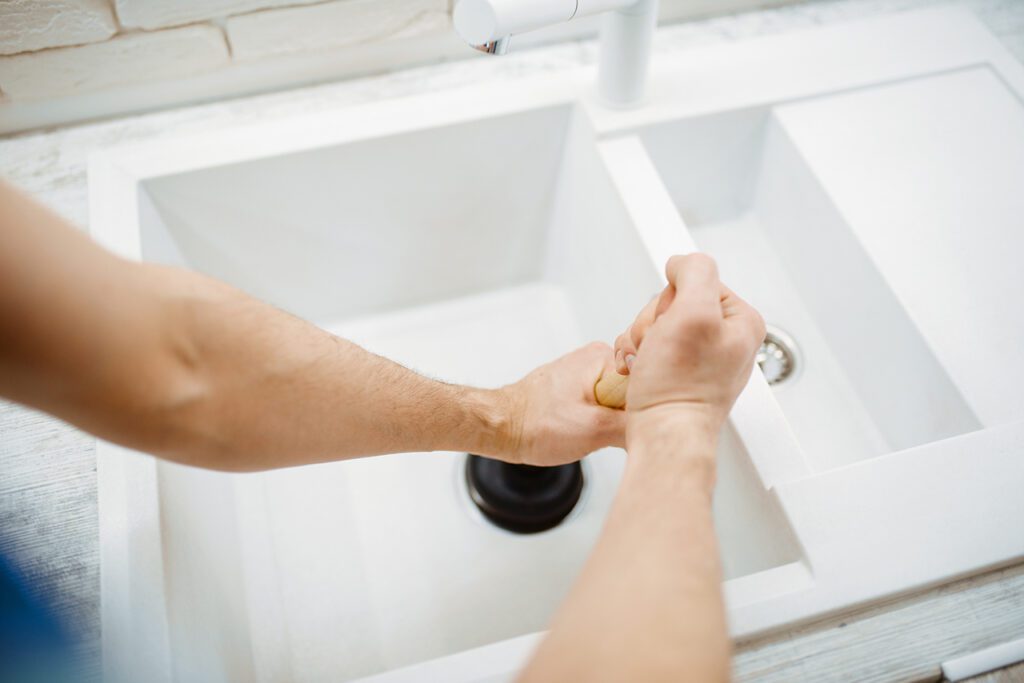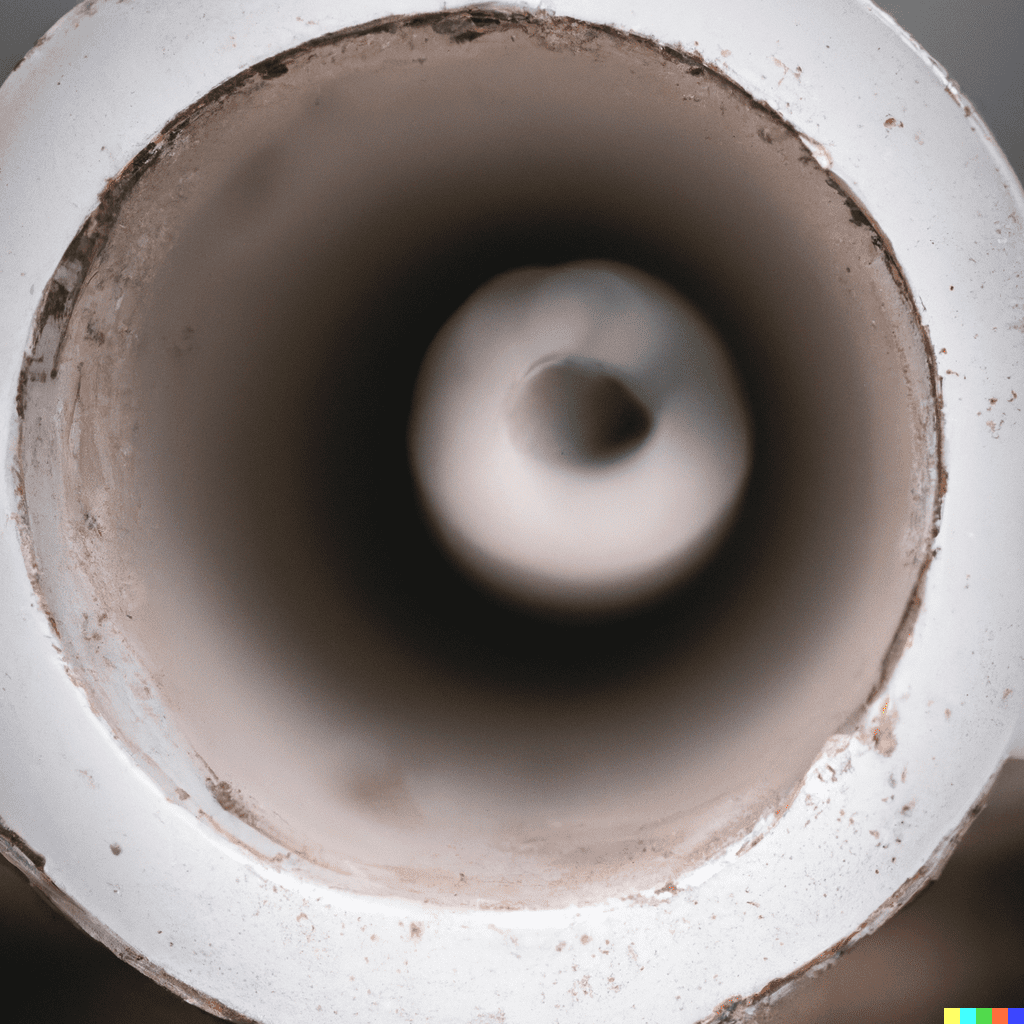Grossed out by standing wastewater in your kitchen or bathroom sink?
Trust us; we get it. Sometimes seeking professional help isn’t an option due to budget or time constraints, but that doesn’t mean you have to put up with a blocked sink.
That’s why we’re here to help you tackle the issue with some DIY methods. In just 10 simple steps, you’ll learn how to unblock a sink like a pro. So, let’s get started!
Master the Art of Unblocking a Sink in 10 Easy Steps
It may seem impossible, yet it is possible to unclog your blocked sink with items typically found in the house. You will need:
- A bucket and a bowl
- A wooden spoon
- Some old dish towels or cloths
- Rubber gloves
- Boiling water
- A plunger (with an extended handle if possible)
- A drain snake
- Baking soda and vinegar
- Soda crystals
- Caustic soda
- A screwdriver
Okay, so this list might seem like a lot, but don’t worry – you might not need all of these steps. The extent of the work you’ll need to do will depend on how bad the clogged sink is. But we want to make sure you’re prepared, so we’re going to walk you through a thorough process. Remember, you’ve got this!
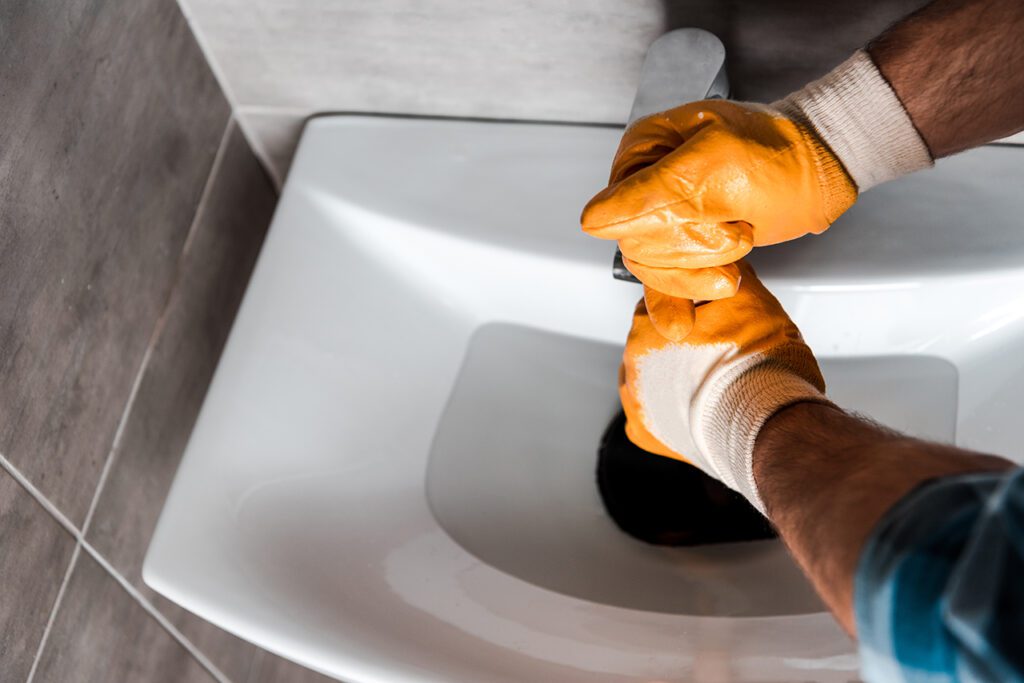
Step 1. Clear Out Your Sink
Before you can start unblocking your sink, you’ll need to get rid of some dirty water. If your sink is overflowing or filled to the top, you won’t be able to reach the drain stopper.
Here’s what you need to do: put on some protective gloves and carefully pour the wastewater into a bucket using an empty container. Keep pouring until there’s only an inch or two of water left in the sink. Dispose of the water in the bucket (you might need it later) and don’t reuse the container (unless you have to unblock the sink again). Got it? Great, let’s move on to the next step.
Step 2. Remove Debris From Sink Hole
At this point, you might be able to see the drain hole if you’ve removed enough water and your sink is deep enough. If you spot any solid waste like food scraps, coffee grounds, or hair strands, go ahead and remove it. This could help drain some of the standing water, but you’ll need to do more to fully unblock your sink.
Step 3. Ready, Set, Boil
First things first, use an old towel or dishcloth to cover the overflow and create an airtight seal. Next, slowly pour a kettle of hot water (but not too hot! Very hot water can damage PVC pipes) down the sink drain hole. Be careful to avoid any backsplash, as it could burn your skin.
Give this step about 30 minutes to work its magic, and you should see the stagnant wastewater start to drain. If it doesn’t work after a couple of tries, move on to the next step. But if it does, keep repeating the process until all the water has drained.
Top Tip: Using boiling water may damage the pipes depending on how old they are and the time of material they are made of, so, we recommend using warm water instead.
Step 4. Plunge Away!
Next, grab the plunger. Place the head over the drain hole and gently push down on the handle to create suction. Then, push the handle briskly to break up the clog while keeping the overflow hole blocked. If everything looks good, go ahead and flush the drain with hot or warm water. Voila!
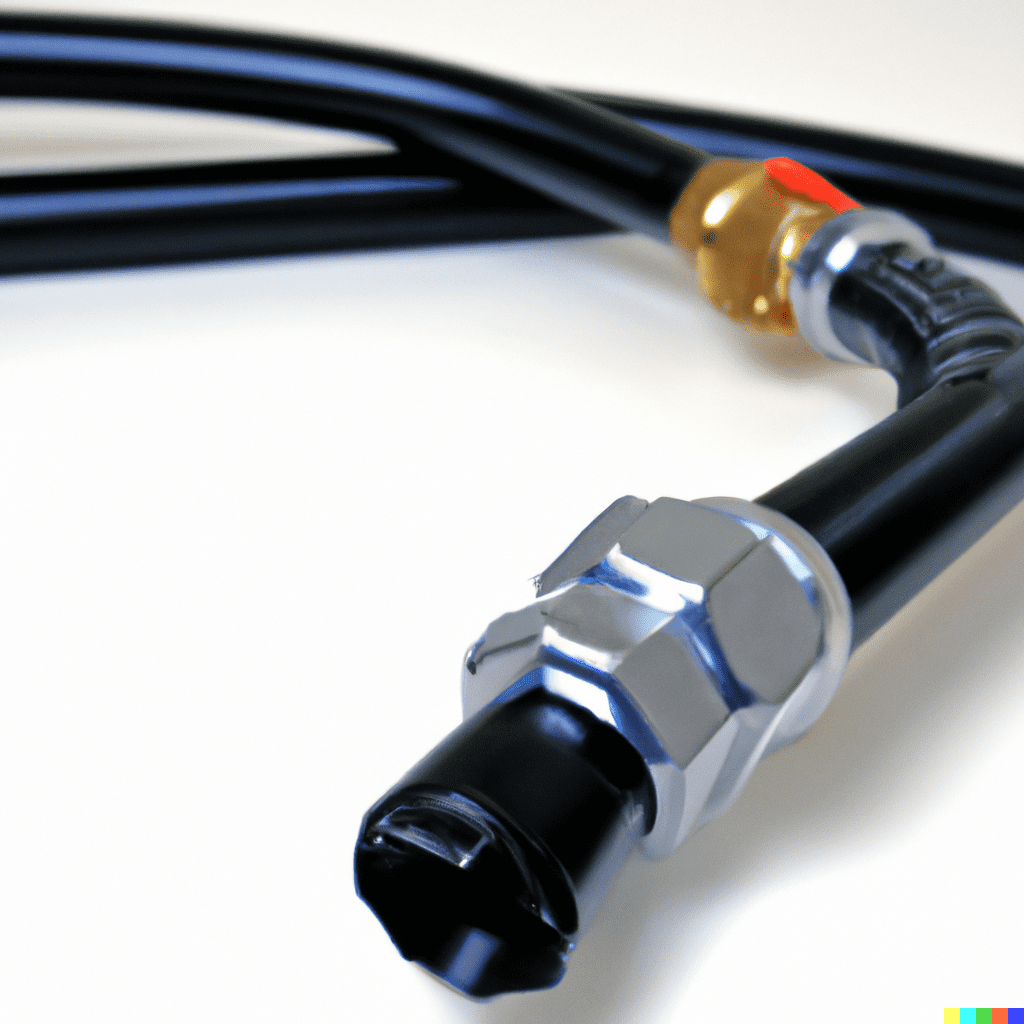
Step 5. Time to Break Out the Drain Snake
If the plunger didn’t do the trick (or if you don’t have one on hand), it’s time to bring out the big guns: a drain snake. Remove the drain plug and insert the snake through the stub pipe and into the sink drain until you feel resistance – this usually means you’ve found the clog.
Pull the head out of the pipe, which should bring some debris with it. If it doesn’t, the clog may be caused by accumulated grease, soap scum, or oil. In that case, push the head to break it up. Once the stagnant water has drained, pour hot water down the drain to finish off.
Top Tip: If you don’t have a drain snake, you can use a straightened wire coat hanger or net curtain wire instead. Just bend one end to create a hook-like structure.
Step 6. Use Baking Soda & Vinegar
Okay, if the plunger didn’t do the trick, it’s time to bring out the big guns. Mix together two tablespoons of baking soda and one cup of white vinegar, then pour the mixture down the drain hole. The chemical reaction will dissolve any organic matter, making it super effective at breaking up clogs caused by things like soap residue or food particles.
Once the fizzing dies down, cover the drain hole for a bit and then flush the drain with hot or warm water several times to unclog your sink. Good as new!
Step 7. Unleash the Power of Soda Crystals
If you’re looking for an alternative to the vinegar and baking soda method, try using soda crystals (or use them in combination with the other ingredients). Simply dissolve half a packet of soda crystals in boiling water and pour the solution down the drain. This method is particularly effective for breaking up clogs made of soap and grime. Give it a try!
Step 8. Bringing Out the Big Guns with Caustic Soda
Looking for an effective drain cleaner that won’t damage your pipes like harsh chemicals can? Caustic soda might be the answer. Mix 3 cups of caustic soda with 3 litres of cold water in a bucket and stir with a wooden spoon. The solution will fizz and heat up a bit.
Pour the mixture near the drain hole and let it sit for about 30 minutes. Then, flush the drain with 4 to 5 litres of boiling water. Just be careful with this method to avoid getting burned by the caustic soda.
Step 9. Detach & Clean Out the U-Bend
If the above methods didn’t work, it’s time to get a little more hands-on. First, grab a bucket and place it under the sink. Then, remove the u-bend (also known as the p-trap) to drain any stagnant water. Once it’s empty, clean this part thoroughly with soap and water and let it dry before putting it back in place. With a little elbow grease, you’ll have that sink unblocked in no time.
Step 10. Reattaching the U-Bend
After everything else is done, it’s time to put the u-bend back in place. Then, turn on the faucet to make sure the sink is draining correctly. To prevent future blockages as much as possible, consider adding a drain hole filter to catch solid waste. And that’s it! You’re all set.
DIY Guide: Quickly Unclog Your Sink
Sometimes, even with all the right tools and resources, cleaning a blocked sink or drain can get pretty messy. And if you’re not particularly skilled at DIY jobs, removing the p-trap can be a real challenge.
That’s where Melbourne Blocked Drain Group comes in. We have a team of licensed plumbers who can tackle any indoor or outdoor drain clog, no matter how intense or stubborn it is. So, don’t hesitate to give us a call.
We hope this guide has been helpful and that you feel more confident about unblocking your sink. Good luck!

